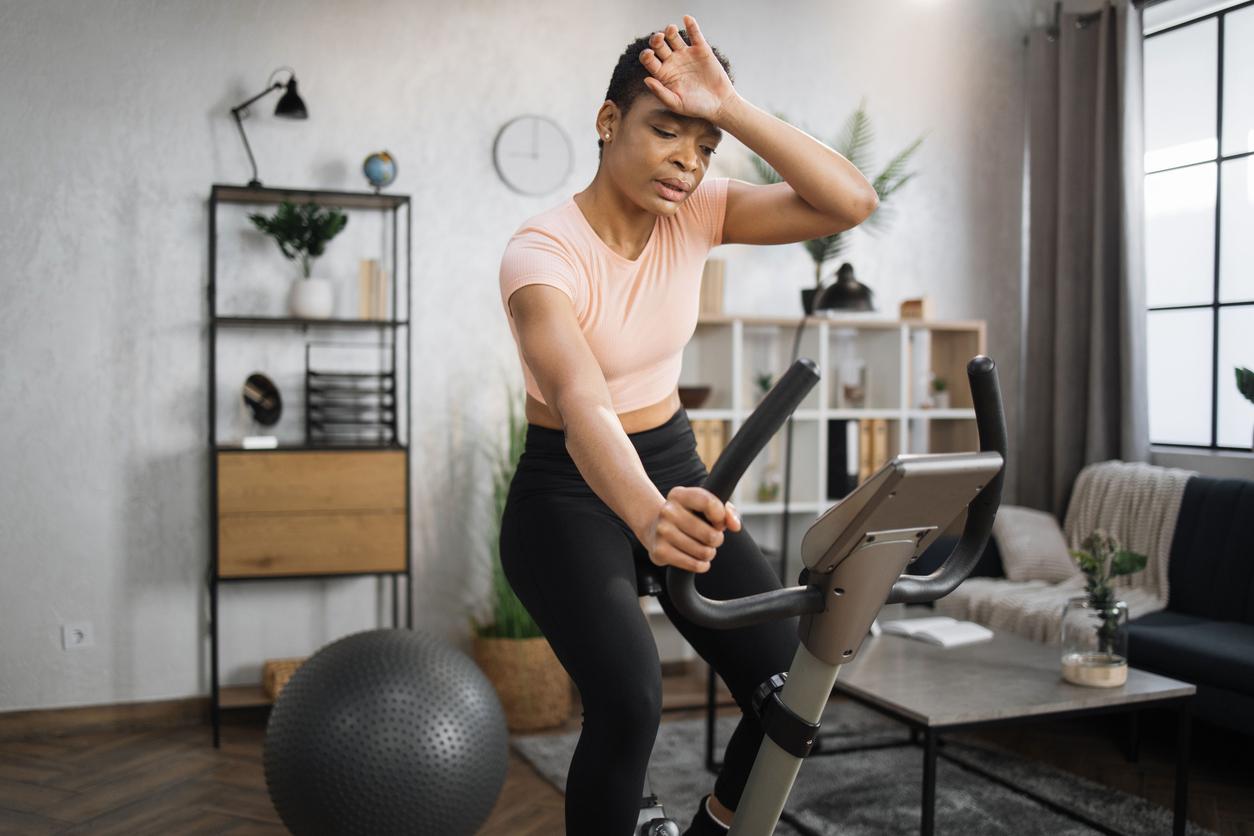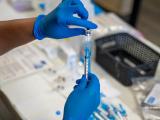Recommendations that people with long COVID, or post-COVID condition (PCC), should avoid vigorous exercise are probably too strict, according to a new study published in JAMA Network Open from researchers at the Karolinska Institutet in Sweden.
Many long-COVID patients are told to avoid activities that exacerbate symptoms such as fatigue, shortness of breath, and pain, and many report exercise intolerance, or a "flare" in symptoms following exercise.
The study was based on 31 patients with PCC but no other diagnoses. They were matched with healthy controls and monitored while performing three different training sessions of high-intensity interval training (HIIT), moderate-intensity continuous training, and strength training in a randomized order a few weeks apart.
Seventy-seven percent of the participants with long COVID were women, and the average age was 46.6 years.
Participants were asked to rate symptoms at baseline, immediately after exercise, and 48 hours after exercise. The researchers also gave participants blood tests, heart ultrasound, spirometry for lung function, muscle strength tests, neurophysiologic tests, and muscle biopsies within 2 days of the exercise tests.
No difference in fatigue levels
Surprisingly, there were no differences in the two groups on self-ratings of fatigue. Patients with PCC had greater exacerbation of muscle pain after HIIT, however.
"What we can generally see is that the post-COVID patients do just as well as the controls, even though they had more symptoms to begin with. By equally well, I mean that they did not worsen their symptoms or negatively affect their body during the 48 hours we observed them," said Andrea Tryfonos, PhD, first author of the study, in a press release from the Karolinska Institutet.
What we can generally see is that the post-COVID patients do just as well as the controls, even though they had more symptoms to begin with.
In physical testing, participants with long COVID had a 21% lower peak volume of oxygen consumption at baseline (mean difference, −6.8 milliliters/kilogram/minute; 95% confidence interval, −10.7 to −2.9). Patients with long COVID also displayed less isometric knee-extension strength than healthy controls.
The authors said the lower aerobic capacity and lack of muscle strength compared with controls could be due to inactivity or their initial infection. However, 62% of those with long COVID in the study showed evidence of myopathy, which limits muscle tissue capacity.
"This percentage is far too high to be explained by reduced activity alone. Therefore, we are currently analyzing the biopsies to see if we can explain the reason behind these muscle changes," Tryfonos said.
In a commentary on the study, Peter Ladlow, PhD; Alexander Bennett, PhD; and Oliver O’Sullivan, MBChB; all United Kingdom-based researchers, said the findings are reassuring and should help guide clinicians treating post-COVID patients.
"The ability of individuals with PCC to tolerate various exercise activities, particularly hard-intensity activities … without major escalation of symptoms, fatigue, or exercise capacity is important for advancing rehabilitation," they write.




















